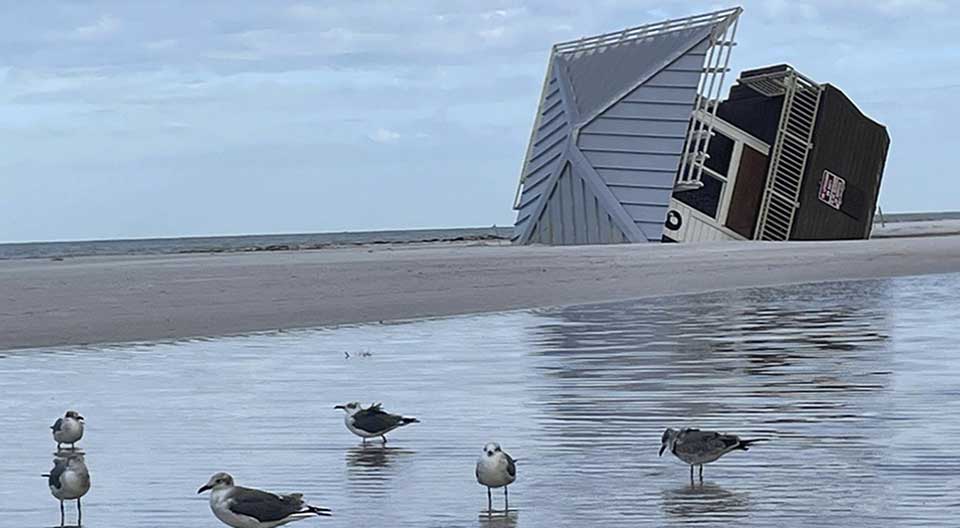
Rich countries received strong criticism at the COP29 conference in Azerbaijan today for wanting to spend more on wars and weapons than on preventing climate change.
“Global military spending stands at $2.5 trillion (£1.9trn) annually,” Panamian climate envoy Juan Carlos Monterrey Gómez told delegates at the faltering annual talks sponsored by the United Nations.
“For some, 2.5 trillion dollars to kill each other, it’s not enough, but $1 trillion to save lives is unreasonable.”
“Causing our own extinction is the most ridiculous thing. At least the dinosaurs had an asteroid. What is our excuse?”
Nisreen Tamimi, Palestinian Environment Quality Authority chairwoman warned that Israel is committing “ecocide” after over a year of bombardments in Gaza.
“Protection of the environment is actually not an ancillary issue, it is not a secondary option, it is a basic right that is related to all of us as human beings,” she said.
Ukrainian Deputy Environment Minister Svitlana Grynchuk called attention to damage from forest fires caused by Russian military actions in her country. “Nature knows no borders,” she pointed out.
Meanwhile in Rio de Janeiro, Brazil, as the Group of 20 summit wrapped up on Tuesday, United Nations secretary-general António Guterres told leaders of the world’s largest economies that “the success of Cop29 is largely in your hands.”
He added: “That goal, the financial goal, in its different layers, must meet the needs of developing countries, beginning with a significant increase in concessional public funds.”
Brazilian President Luiz Inácio Lula da Silva urged developed nations to consider moving their 2050 emission goals forward to 2040 or 2045.
“The G20 is responsible for 80 percent of greenhouse-effect emissions,” he said. “Even if we are not walking at the same speed, we can all take one more step.”
Meanwhile, a new scientific study has found that climate change has made Atlantic hurricanes about 18mph stronger in the last six years.
For most of the storms — 40 of them — the extra wind speed from warmer oceans made them jump an entire hurricane category, according to the study published today in the Environmental Research: Climate journal.
A Category 5 storm causes more than 400 times the damage of a Category 1 hurricane, more than 140 times that of a Category 3 hurricane, and more than five times that of a Category 4 storm, according to the U.S. National Oceanic and Atmospheric Administration.
For three storms, including this month’s Rafael, the climate change factor boosted their strength so much that the winds increased by two storm categories.
This isn’t about more storms but the increasing power of the worst ones, the authors said.
“We know that the intensity of these storms is causing a lot more catastrophic damage in general,” said lead author Daniel Gifford, a climate scientist at Climate Central, which researches global warming. “Damages do scale [up] with the intensity.”
The effect was especially noticeable in stronger storms, including those that made it to Category 5, at the top of the Saffir-Simpson scale of storm intensity, the authors said.
The study looked at 2019 to 2023, but the authors then did a quick addition for the named storms this year, all of which had a bump up due to climate change.
“We had two Category 5 storms here in 2024,” Mr. Gifford said. “Our analysis shows that we would have had zero Category 5 storms without human-caused climate change.”










